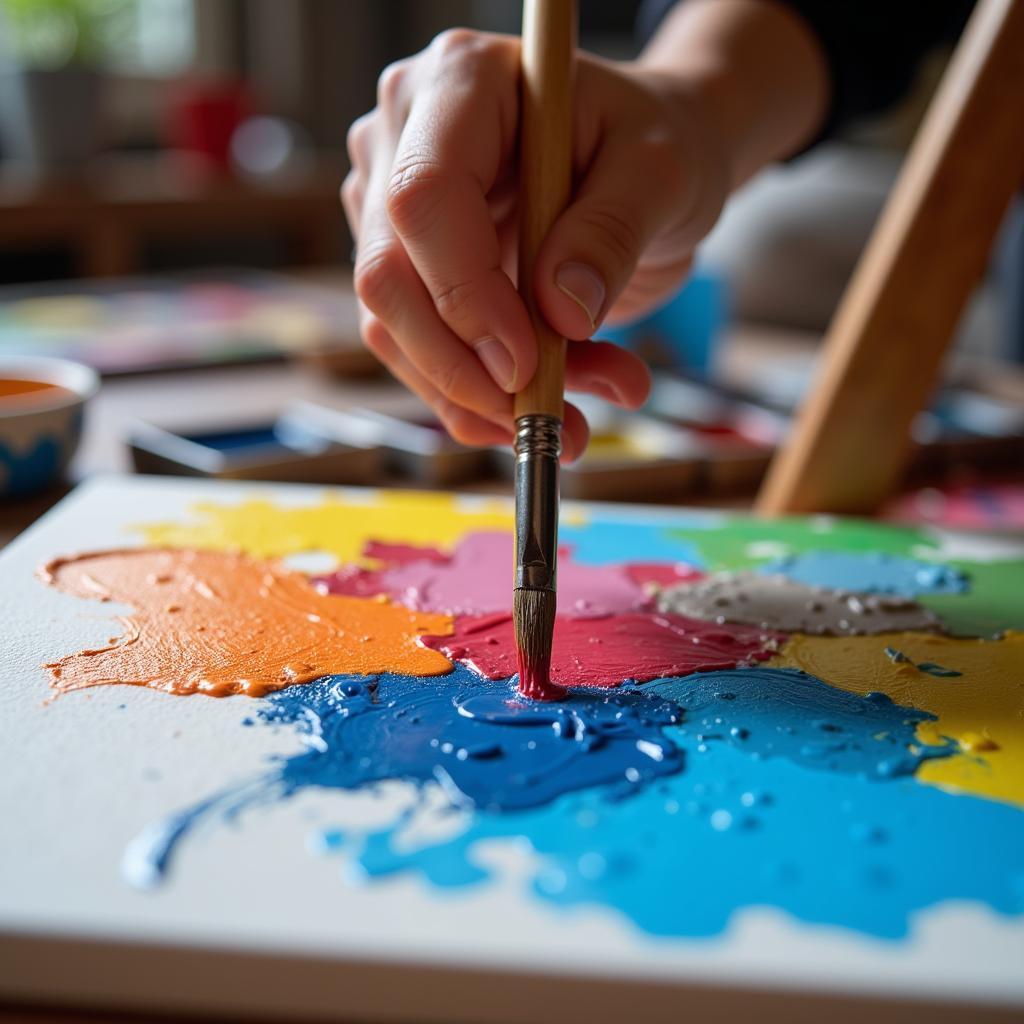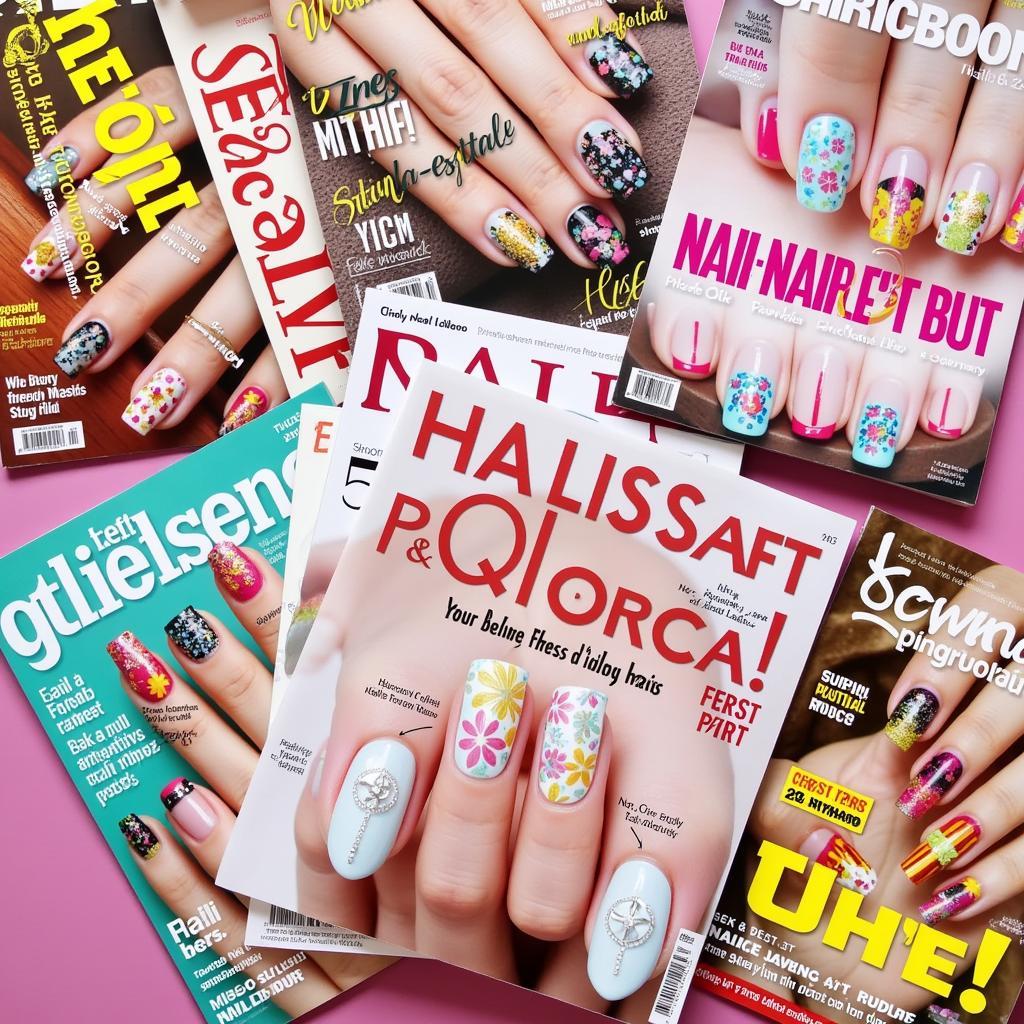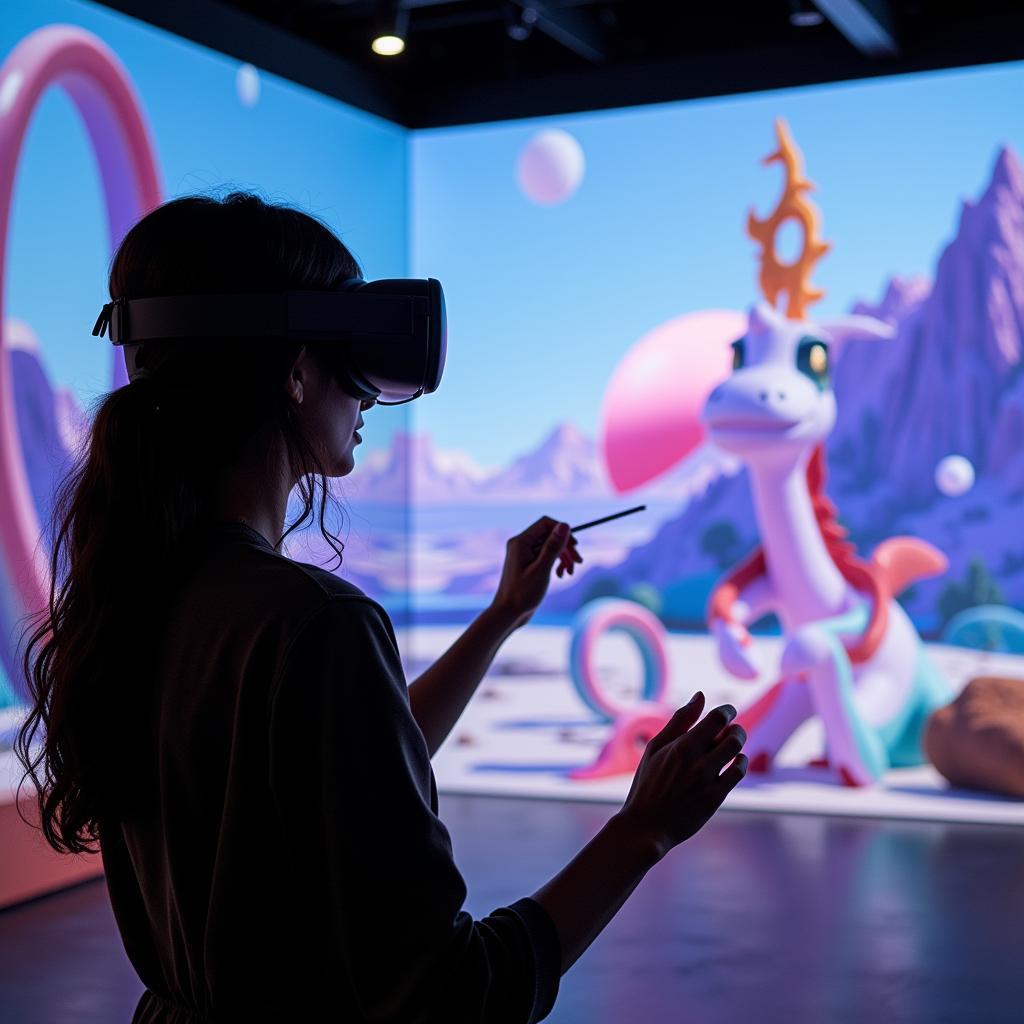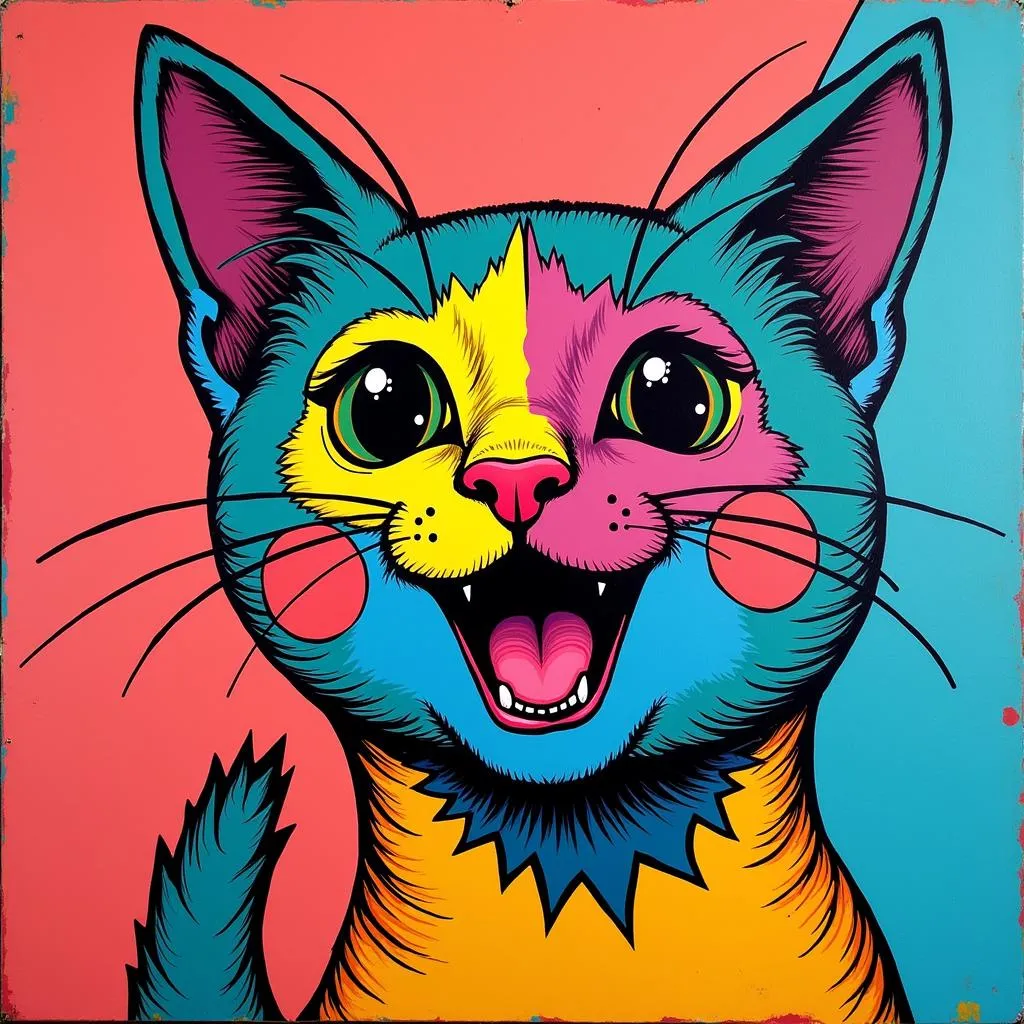Exploring Physical Art Intimacy
Physical Art Intimacy. It’s a phrase that evokes a range of emotions and interpretations. It’s about connecting with art in a tangible, visceral way, moving beyond the visual and engaging with the physicality of the creation process. It’s about the feel of the brush on canvas, the weight of the clay in your hands, the resistance of the chisel against stone. This intimacy fosters a deeper understanding and appreciation of the artistic journey, bridging the gap between creator and observer. Let’s delve into the nuances of this fascinating connection.
The Tactile Connection: Bridging the Gap Between Art and Artist
Physical art intimacy goes beyond merely viewing a finished piece. It’s about understanding the process, the physical effort, and the emotional investment poured into each brushstroke, each sculpted curve, each carefully etched line. It’s about appreciating the dialogue between the artist and their chosen medium. This tactile connection allows us to connect with the art on a deeper, more personal level. We begin to understand the choices the artist made, the challenges they faced, and the triumphs they celebrated. We see not just the finished product, but the journey itself. Have you ever noticed how touching a sculpture can change your perception of it? The coolness of the marble, the roughness of the wood, these sensations add another layer to the artistic experience.
This intimacy isn’t limited to the creator alone. The observer, too, can experience a form of physical intimacy with art. Running your fingers lightly across the texture of a painting, tracing the contours of a sculpture, feeling the weight and balance of a ceramic piece – these actions forge a connection, a sense of shared experience. For example, consider the art of connection; it often involves physical touch and presence.
 Sculptor's hands shaping clay
Sculptor's hands shaping clay
How Physical Art Intimacy Enhances the Creative Process
The act of creation, particularly in physical art forms, is often a deeply personal and intimate experience. The artist’s physical interaction with the materials—the smearing of paint, the carving of wood, the molding of clay—becomes a conversation between the creator and their creation. This dialogue fosters a sense of vulnerability and trust, allowing for a deeper exploration of emotions and ideas. The physical act of creating becomes a form of expression, a way to communicate what words often cannot. This tactile engagement can be incredibly therapeutic, offering a tangible outlet for emotions and a pathway to self-discovery.
Think about the intensity of spankin art, a genre that evokes strong reactions through its physicality.
 Painter applying brushstrokes to a canvas
Painter applying brushstrokes to a canvas
Beyond the Visual: Experiencing Art Through Multiple Senses
Physical art intimacy challenges us to engage with art beyond just the visual. It invites us to consider the texture, the weight, the temperature, the smell even, of the artwork. This multi-sensory experience enriches our understanding and appreciation, revealing layers of meaning that might otherwise remain hidden. Imagine standing before a large-scale sculpture. Its presence commands the space, its form inviting you to explore its surfaces, its weight suggesting a history, a story waiting to be told. This tactile engagement brings the artwork to life, transforming it from a static object into a dynamic experience.
“Physical interaction with art awakens a primal connection,” says renowned art therapist Dr. Anya Sharma. “It allows us to tap into a deeper level of understanding, bypassing the intellectual and engaging with the emotional.”
Consider the intimate portrayal of a couple kissing in art; the physical connection is palpable even in a static image. Similarly, the vulnerability displayed in best nude art further emphasizes the importance of physicality and intimacy in artistic expression.
Physical Art Intimacy in the Digital Age
Even in our increasingly digital world, the desire for physical art intimacy persists. While digital art offers exciting new possibilities, the tangible connection with physical materials remains a powerful draw for both artists and art lovers. The rise of 3D printing, for example, allows artists to translate digital designs into physical objects, bridging the gap between the virtual and the real. Furthermore, the tactile experience of traditional art forms continues to hold immense value. The feeling of a sketchbook under your hand, the smell of oil paints, the satisfying scratch of charcoal on paper – these are sensory experiences that digital art cannot fully replicate.
“The digital realm offers incredible tools for artists,” notes digital sculptor Ben Carter, “but the physical act of creation still holds a special magic.”
Conclusion: Embracing the Tactile Connection in Art
Physical art intimacy offers a profound way to connect with art, whether as a creator or an observer. It reminds us of the power of touch, the importance of process, and the deeply personal nature of artistic expression. So, the next time you encounter a work of art, don’t just look at it – experience it. Feel its textures, consider its weight, and imagine the hands that brought it into being. You might be surprised at the depth of connection you discover. Embrace the tactile connection, and unlock a whole new dimension of artistic appreciation through physical art intimacy.
FAQ
- What is physical art intimacy?
- How can I experience physical art intimacy as a viewer?
- Does digital art offer any form of physical intimacy?
- What are the benefits of engaging with art in a tactile way?
- How does physical art intimacy enhance the creative process?
- Are there any artists who specifically explore this concept?
- Where can I find resources to learn more about physical art intimacy?
Scenarios where physical art intimacy is relevant:
- Art Therapy: Using tactile materials like clay or paint can help individuals express emotions and process trauma.
- Sculpting: The direct manipulation of clay or stone provides a profound connection to the artwork.
- Painting: The feel of the brush and the texture of the paint contribute to the artist’s experience.
- Printmaking: The physical process of carving, inking, and pressing creates a unique connection to the final print.
- Visiting a Museum or Gallery: Interacting with sculptures or textured paintings can enhance the viewing experience.
Related Questions and Further Exploration:
- How does the materiality of art impact its meaning?
- What is the role of the body in artistic creation?
- How does digital technology affect our relationship with physical art?
- Explore the work of artists who emphasize tactile experiences in their art.
Need further assistance? Please contact us: Phone: 02462573573, Email: [email protected] Or visit us at: Savico Megamall, 7-9 Đ. Nguyễn Văn Linh, Gia Thụy, Long Biên, Hà Nội 10000, Việt Nam. Our customer service team is available 24/7.





